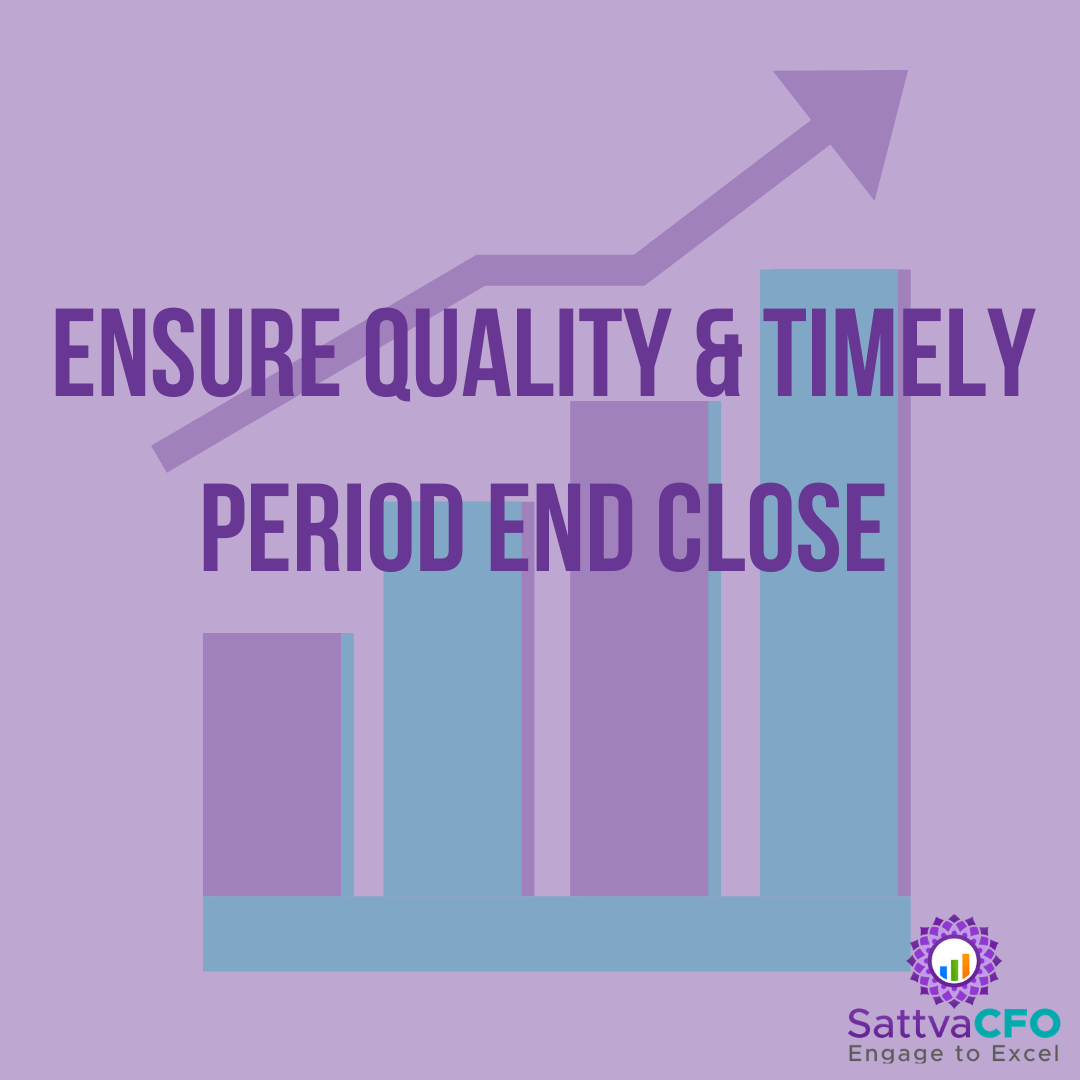How to ensure quality & timely period end close through a data-driven approach
Table of Contents
What is Close Process:
The immediate process refers to the bridge between business processes and the ability to report financial results. Common Issues in Close Process How to ensure quality & timely period end close thru data-driven approach.
Common Issues in Close Process
The Common Issues in Close Process are as follows:
· Compatibility with Platforms
Large businesses, particularly multinational ones, keep data across multiple systems. This is especially true when they have seized control of companies. Compatibility between systems is a frequent issue. As a result, data becomes contaminated with numerous faults, further delaying the closing process. This is a circumstance that your business will want to avoid at all costs, and it is critical to make efforts to do so whenever possible.
· Coordination
The process requires data from multiple departments and all facets of the company’s operations. Certain managers submit information on time, while others fail to do so. Additionally, while data is sometimes submitted on schedule, it is frequently incorrect or incomplete. The financial teams must then locate the appropriate departments and provide the required information ahead of the deadline. This can result in a slew of possible issues. As a result, it’s critical to avoid coordination concerns whenever possible. It is crucial because it can aid in the seamless operation of your business.
· System Upgrades
Today‘s businesses change their systems regularly. Data does not always flow seamlessly from one application to the next. Errors occur when mapping accounts/charts are misused. There may be some confusion on who is accountable for the company’s reference data maintenance. Another possible misunderstanding is who needs authority to make changes to static data. Duplication of records is one of the several concerns that your business will want to avoid. It is a genuine/serious issue that can always generate complications during the closing procedure. Old-school employees who cannot quickly/easily adapt to new systems may have difficulty extracting extracts, reading old records, and entering into the plan. When data is entered manually, the situation exacerbates. As a result, it is critical to take precautions to avoid the issue as much as feasible.
· Incorrect Approvals
It is not uncommon for journal entries to be sent to a corporation without the necessary clearances. This is an issue. Accounting entries are presented without the required supporting paperwork. At times, reconciliation teams’ processes are not detailed enough, and errors go unnoticed. This is a separate issue. Another frequent occurrence is that entries for any last-minute transactions are submitted improperly or not at all.
Another problem is that the figures used in foreign transactions are miscalculated. Various countries may provide financial data multiple times throughout the day. This is a critical topic to address to achieve the most excellent results. As a result, the transaction must be as painless as possible for both buyer and seller. This involves a variety of accounting processes.
· Keeping update-to-date with dynamic rules & regulations
Certain businesses are negligent in their efforts to stay current on new regulations. This is a concern because financial regulations are frequently amended, making it necessary to keep current. Additionally, there is increased public scrutiny today, which is another factor to consider. Accounting is usually an arduous process, so it’s crucial to address any concerns as quickly as possible and avoid them whenever possible. This is crucial to prevent a variety of complications. The trick is to anticipate potential difficulties in advance so that you can address them before they occur. This is crucial for resolving issues the following time around.
Financial statements must be accurate. If they are, this can result in a variety of complications. This includes poor judgment, dissatisfied regulators, and investors receiving the wrong message. The critical point is to resolve accounting issues as soon as possible. You may wish to consider hiring a third-party company to assist with the process to avoid complications.
Consideration for quality & efficient close process
The following considerations must be taken into account for efficient and quality period close:
Design Policy to drive efficiency
The following policy needs to designed to drive efficiency:
- Define materiality threshold.
- Identify reconciliation differences.
- Regulatory Environment
- Transition to automated control environment
- Drive preventative control environment
- Internal Audit Feedback
Risk assessment
Evaluate the critical components of the data and perform analyses on entries and reconciliations using the outcomes to guide best practices.
Invest in Technology upgradations
Management should drive to integrate storage, transactional, reporting systems. Key areas of technology investments are:
- Financial close automation (FCA)
- Enterprise Resources Planning (ERP)
- Enterprise performance management (EPM)
- Business intelligence (BI)
- Robotic process automation (RPA)
Optimize Task & responsibilities
Ruthless cut down on the redundant tasks. Centralize similar repetitive tasks performed by multiple centers & branches.
Significant benefits derived post implementation of changes.
After implementation of key changes, organization can derive following benefits:
- Efficient processes
- Faster period close
- Engaged & motivated employees.
- Improved control environment
- Gain insights. close through a data-driven approach.
Also read How to ensure quality & timely period end close thru data-driven approach




